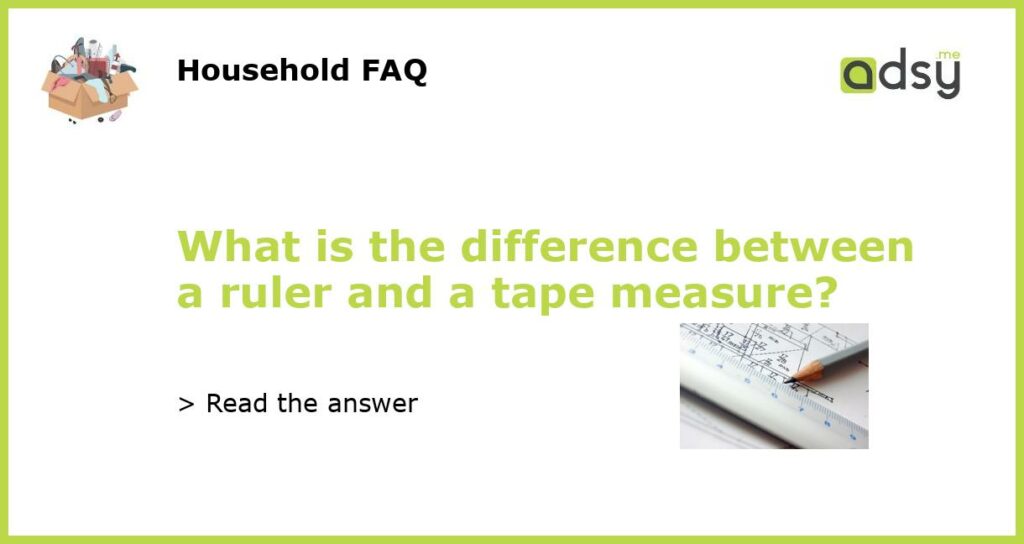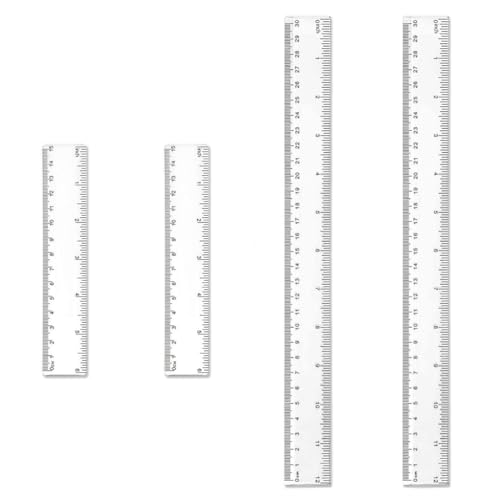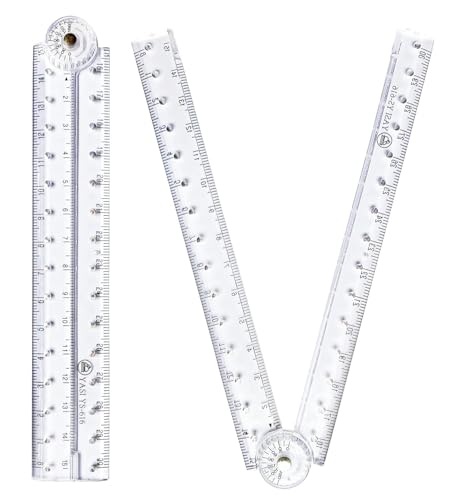What is the Difference Between a Ruler and a Tape Measure?
When it comes to measuring things, we often reach for either a ruler or a tape measure. While they both serve the purpose of providing measurements, there are some key differences between the two tools. In this article, we will explore the distinctions between a ruler and a tape measure, including their design, functionality, and common uses.
Design and Construction
A ruler is a simple and straightforward measuring tool that typically consists of a flat, straight edge with markings indicating units of length. Rulers can be made from various materials, such as wood, plastic, or metal. They usually have measurements that are either in inches or centimeters, and some rulers may include both.
On the other hand, a tape measure is more complex in its design. It consists of a flexible ribbon or tape that is wound around a retraction mechanism. The tape is marked with units of measurement and has a metal or plastic end that can be hooked onto an object for precise measurements. Tape measures are commonly available in lengths ranging from a few feet to several meters.
Functionality and Versatility
A ruler is primarily used for measuring straight lines or objects with flat surfaces. It is well-suited for tasks that involve drawing or marking straight lines, as well as for measuring the dimensions of small objects. Rulers are commonly found in classrooms, drafting studios, and offices.
A tape measure, on the other hand, offers greater versatility and functionality. With its flexible tape, it can easily measure curved or irregular surfaces, such as the circumference of a round object or the length of a curved edge. Tape measures are popular among carpenters, construction workers, and home improvement enthusiasts, as they provide a quick and accurate way to measure larger distances.
Accuracy and Precision
When it comes to accuracy and precision, rulers are generally more reliable than tape measures. Rulers with clear and well-defined markings allow for precise measurements on flat surfaces. However, rulers may not be as accurate for measuring curved or irregular shapes, as their straight edges cannot conform to the contours of such objects.
Tape measures, on the other hand, can provide accurate measurements for a variety of shapes and surfaces. However, their accuracy may be affected by factors such as tape stiffness, stretching, or wear and tear. To ensure accurate readings, it is important to choose a quality tape measure and handle it with care.
Common Uses
Due to their design and functionality, rulers and tape measures are used in different settings and for different purposes. Rulers are commonly used in educational settings, such as schools and universities, where they are essential tools for learning and geometry-related tasks.
Tape measures, on the other hand, are widely used in construction, woodworking, crafting, and various DIY projects. They are instrumental in measuring lengths, widths, and heights of objects, as well as determining dimensions for building or installing materials.
In summary, the main differences between a ruler and a tape measure lie in their design, functionality, accuracy, and common uses. A ruler is a straightforward measuring tool with a flat, straight edge suitable for measuring straight lines and flat surfaces. It is commonly used in classrooms and offices for precision measurements. On the other hand, a tape measure offers versatility and flexibility, allowing for accurate measurements of curved or irregular shapes. It is widely used in construction, carpentry, and DIY projects. By understanding the distinctions between the two, you can choose the right tool for your specific measuring needs.






